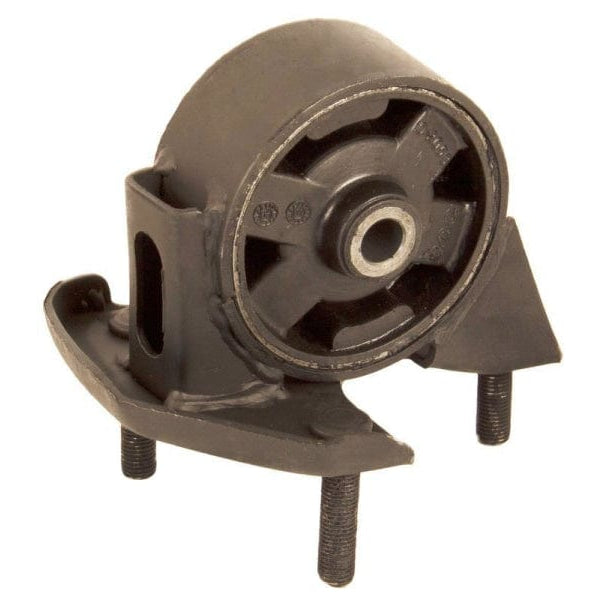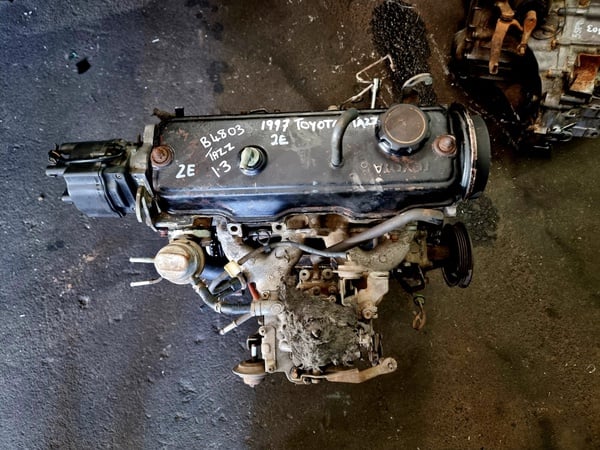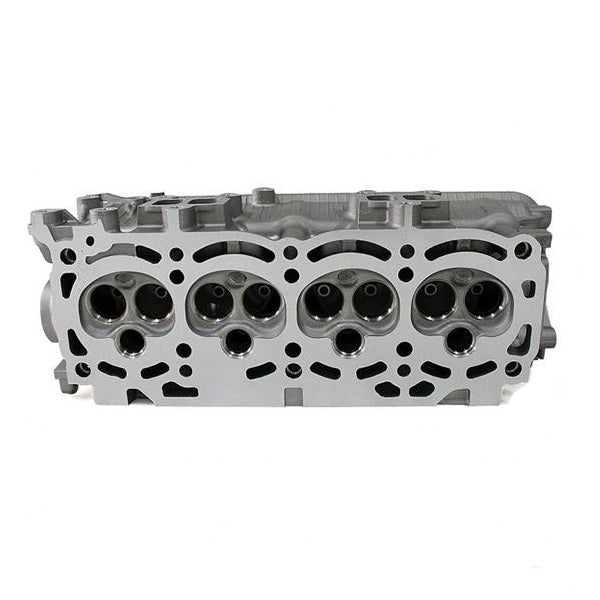Check Out the most recent Fads in Engine Modern Technology Through Tazz
In the rapidly progressing landscape of vehicle modern technology, Tazz stands at the forefront, highlighting significant developments in engine systems that focus on both innovation and sustainability. tazz. From hybrid engines that optimize fuel efficiency to the development of hydrogen fuel cells, the trends shaping modern powertrains are not just boosting efficiency yet additionally resolving essential ecological obstacles. As the sector remains to press boundaries, it is necessary to consider how these developments will certainly affect future transport options and the wider ramifications for worldwide energy intake. What exists in advance in this critical change?
Hybrid Engine Innovations
Crossbreed engine advancements represent a crucial shift in automotive modern technology, combining the advantages of interior burning engines with electric propulsion systems. This integration not just enhances gas efficiency however likewise decreases exhausts, meeting significantly rigid ecological policies. By making use of both energy resources, hybrid engines can maximize performance, supplying power when needed while conserving gas during less requiring driving problems.
Recent innovations in hybrid modern technology include enhancements in battery performance and regenerative braking systems. These advancements permit higher power healing throughout deceleration, which can be redirected to help in velocity or power auxiliary systems. Moreover, manufacturers are concentrating on light-weight products and small layouts to take full advantage of the performance of crossbreed powertrains.
The growth of plug-in crossbreeds has actually also expanded the market, allowing motorists to bill their lorries making use of standard electric outlets. This feature typically enables considerable all-electric variety, more lowering dependancy on typical gas. tazz. As the automotive industry proceeds to advance, hybrid engine modern technologies are anticipated to play a crucial role in bridging the void in between conventional lorries and fully electrical versions, giving a transitional remedy that deals with diverse consumer requirements and choices
Breakthroughs in Electric Powertrains
The auto landscape is quickly progressing, with electric powertrains becoming a leading pressure in lasting transportation. Breakthroughs in electrical automobile (EV) innovation are considerably enhancing efficiency, effectiveness, and user experience. Key technologies consist of improvements in battery chemistry, which have actually enhanced power density, reduced billing times, and prolonged overall battery life.
Solid-state batteries, as an example, guarantee to revolutionize the marketplace by providing higher safety and effectiveness compared to typical lithium-ion cells. Moreover, advancements in regenerative stopping systems are enabling automobiles to recover power throughout deceleration, adding to overall performance.
Along with battery innovation, electrical motor layouts are becoming a lot more innovative. Innovations such as integrated electric motors and progressed thermal management systems are helping to maximize power distribution and lower weight, inevitably enhancing lorry dynamics.

Collectively, these developments underscore the commitment to change towards cleaner, much more effective transport remedies, placing electrical powertrains at the forefront of auto development.
The Rise of Hydrogen Gas Cells
Progressively, hydrogen fuel cells are obtaining traction as a viable alternative to traditional internal combustion engines and battery electric cars. This innovation utilizes the chemical energy kept in read the article hydrogen, transforming it right into power through an electrochemical response with oxygen. The main result of this procedure is water, making hydrogen gas cells an environmentally friendly option with zero emissions at the tailpipe.

Car manufacturers are increasingly purchasing hydrogen fuel cell modern technology, identifying its potential for long-range applications and fast refueling abilities that rival traditional fuels. Furthermore, fields such as sturdy transport and public transit are particularly appropriate for hydrogen fuel cells, where battery electric options might fail as a result of weight and range limitations.
As research and investment continue to broaden, hydrogen fuel cells are poised to play a considerable function in the future landscape of clean transportation and energy services.
Enhancements in Internal Combustion Engines
Developments in internal burning engine (ICE) innovation are changing conventional lorries to meet contemporary ecological requirements and performance assumptions. Straight fuel injection, for instance, enables for far better atomization of gas, leading to more full combustion and enhanced power output.
In addition, turbocharging has actually obtained importance, permitting smaller engines to provide greater efficiency without the weight of larger engines - tazz. This technology not only improves effectiveness but additionally contributes to reduce fuel usage. Variable valve timing systems are additionally being fine-tuned, allowing engines to adjust to numerous driving conditions for improved torque and responsiveness
Additionally, using lightweight products in engine building is becoming conventional, more enhancing fuel effectiveness by reducing total car weight. Engine control devices (ECUs) are progressively innovative, allowing real-time changes that optimize performance and emissions.
These enhancements jointly signify a critical shift in ICE technology, lining up with global sustainability objectives while still giving the efficiency vehicle drivers expect from their lorries. As the industry advances, these enhancements remain to form the future of standard vehicle design.
Future Fads in Engine Effectiveness
Considerable improvements in engine effectiveness are anticipated as manufacturers concentrate on integrating innovative modern technologies to meet rigid ecological laws and customer needs. The change in the direction of electrification, crossbreed systems, and different gas is Clicking Here improving the auto landscape, driving technologies that boost gas economic situation and reduce exhausts.
One of the essential trends is the application of advanced materials and producing techniques. Lightweight compounds and high-strength alloys add to reduced car weight, therefore enhancing Recommended Site total efficiency. Additionally, the adoption of turbocharging and variable shutoff timing innovations enables boosted power output from smaller engines, better improving gas economy.

Verdict
Innovations in crossbreed engine systems, electrical powertrains, and hydrogen gas cells demonstrate a dedication to lowering exhausts while improving efficiency. Renovations in internal burning engines and a focus on light-weight materials contribute to overall engine efficiency.
From hybrid engines that optimize gas efficiency to the emergence of hydrogen gas cells, the patterns forming modern powertrains are not only boosting efficiency yet likewise addressing essential ecological obstacles.Crossbreed engine technologies represent a pivotal change in automobile technology, incorporating the advantages of interior combustion engines with electrical propulsion systems.In addition, turbocharging has gotten prestige, enabling smaller engines to supply greater performance without the weight of larger engines. Additionally, the adoption of turbocharging and variable shutoff timing innovations allows for enhanced power result from smaller engines, additionally boosting fuel economic situation.
Enhancements in inner burning engines and a focus on lightweight products add to overall engine effectiveness.
Comments on “Toyota Tazz: An Affordable Car That Doesn’t Compromise on Quality”